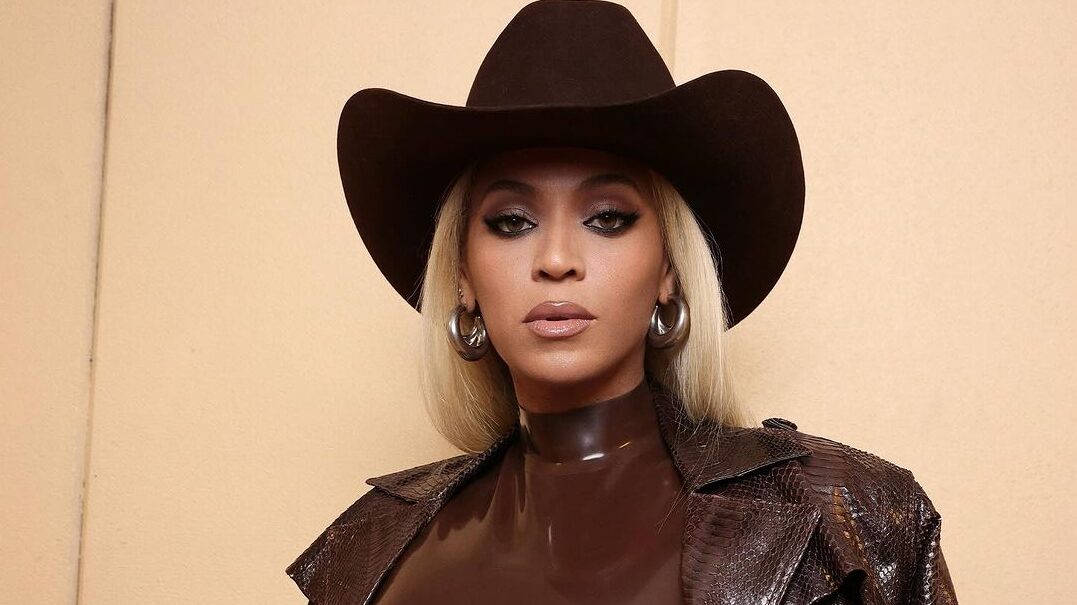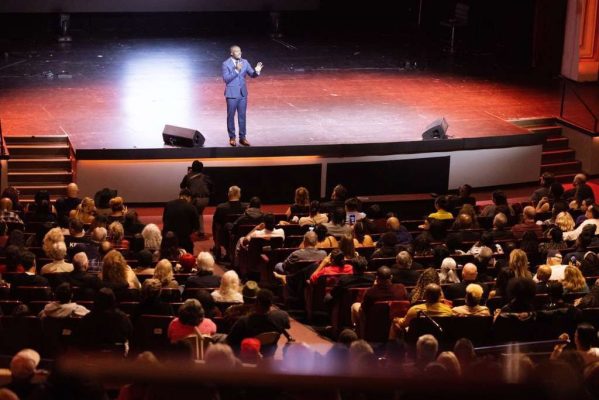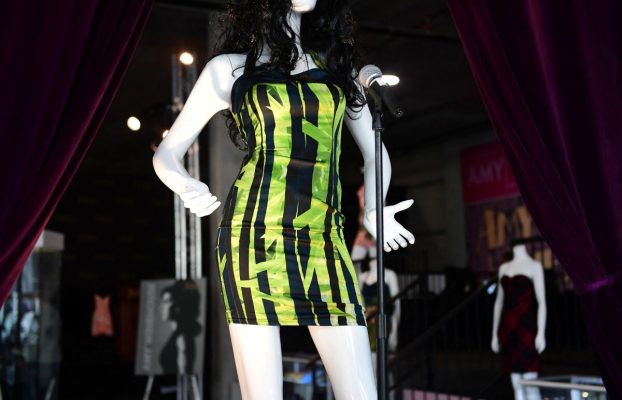Ramadan, which is the ninth month of the Islamic lunar calendar, is a period of fasting, prayer, and reflection observed by Muslims worldwide. While the basic practices of fasting, giving alms, and prayer are uniform everywhere, various cultures incorporate unique traditions into their practice to make the period even more fulfilling. Being so eager to find out what the world is doing and cultural practices in this holy month, my research led me to fascinating practices by Ramadan celebrants. See them all.
Egypt’s fanoos lanterns
It is in this fasting month in Egypt that houses and streets are adorned with multi-coloured lanterns known as Fanoos. It is a tradition dating back to the days of the Fatimid Caliphate when lanterns were strung up to welcome Caliph Al-Mu’izz li-Din Allah into Cairo for Ramadan. The lanterns today symbolise togetherness and joy, illuminating gatherings and festivities throughout the month.
Indonesia’s ritual of padusan
Indonesians take Padusan, a symbolic bath on the eve of Ramadan. The ritual cleansing signifies the purification of the soul and body, preparing individuals for the holy month. Individuals visit springs, beaches, or public baths to participate in the ritual in congregation, which is reflective of the social aspect of Ramadan.
READ ALSO: 10 foods to avoid for a healthier Ramadan fast
Turkey’s Ramadan drummers
In Turkey, Ramadan Davulcusu, or traditional drummers, parade the streets in the hours before dawn to wake up residents for Suhoor (pre-dawn meal). Dressed in Ottoman attire, the drummers beat out rhythmic cadences, keeping alive a centuries-old tradition that strengthens communal bonds and stirs the faithful to their daytime fast. It is not different in Nigeria where an Adhan wakes muslims up for Suhoor with a loud exclamation of Bismillah ramon niraheem.
Lebanon’s Iftar cannon
Lebanon continues the tradition of the Midfa al Iftar, or Iftar cannon, to signal the breaking of the day’s fast. The centuries-old practice, one of the oldest in the world, involves firing a cannon at sunset, informing communities that the time for Iftar (the breaking-fast meal) has arrived. The booming sound is both a practical summons and a cherished cultural tradition.
Nigeria’s Durbar festivals
In northern Nigeria, the close of Ramadan is celebrated with Durbar festivals, grand parades involving horsemen, musicians, and dancers. These vibrant processions honour traditional leaders and the closing of the fasting month, blending Islamic and local cultural practice in a celebration of community unity and joy.
Morocco’s Chebakia
Moroccans relish Chebakia, a sesame seed-covered cookie in the shape of a flower, fried and then honey-dipped. This sweet is a Moroccan Iftar table staple dish, symbolising the sweetness of fasting and reward. The Chebakia preparation and serving act draws families closer to each other and strengthens familial and community ties during the holy month.
Which among these traditions do you know about? Let us know.







